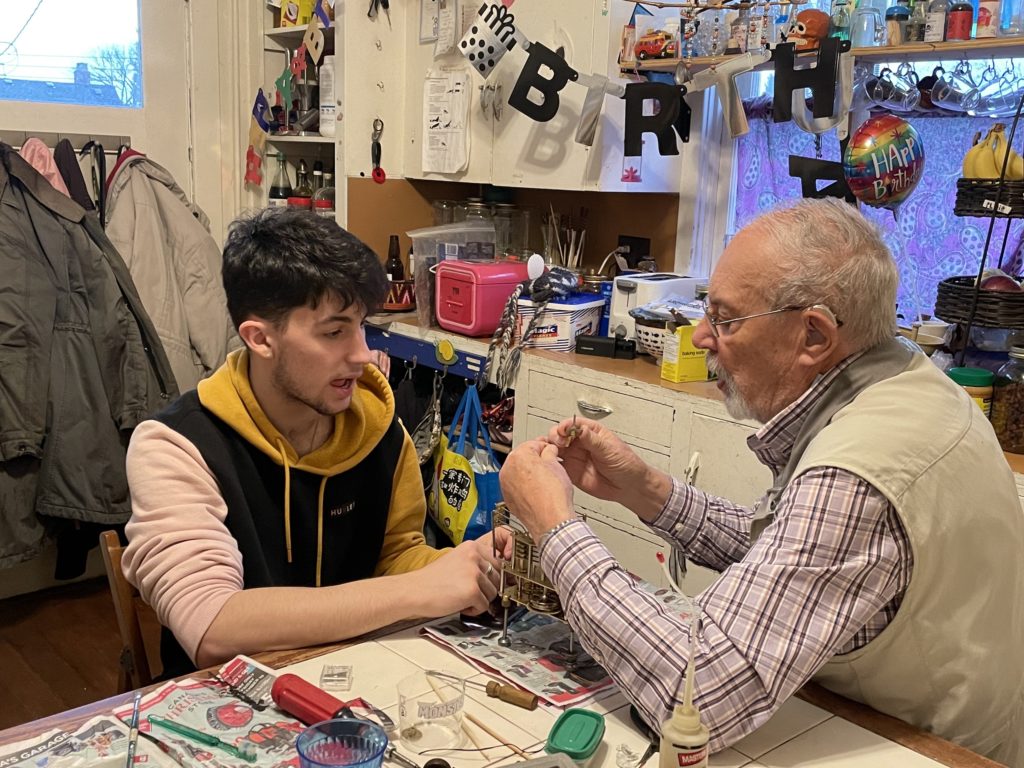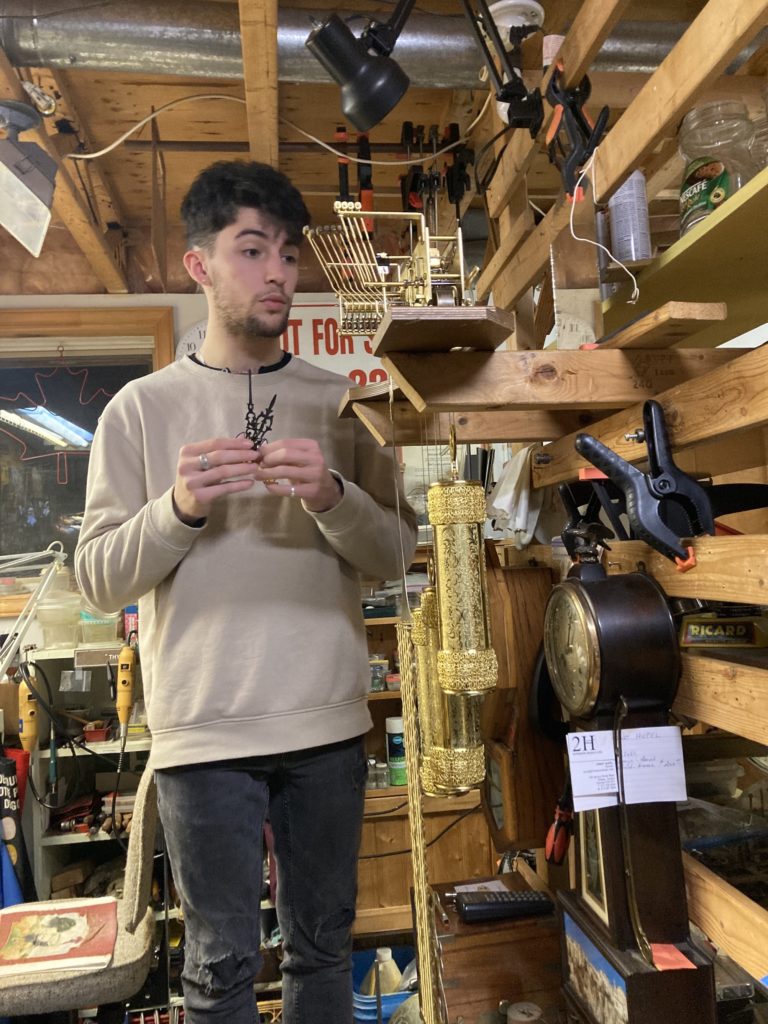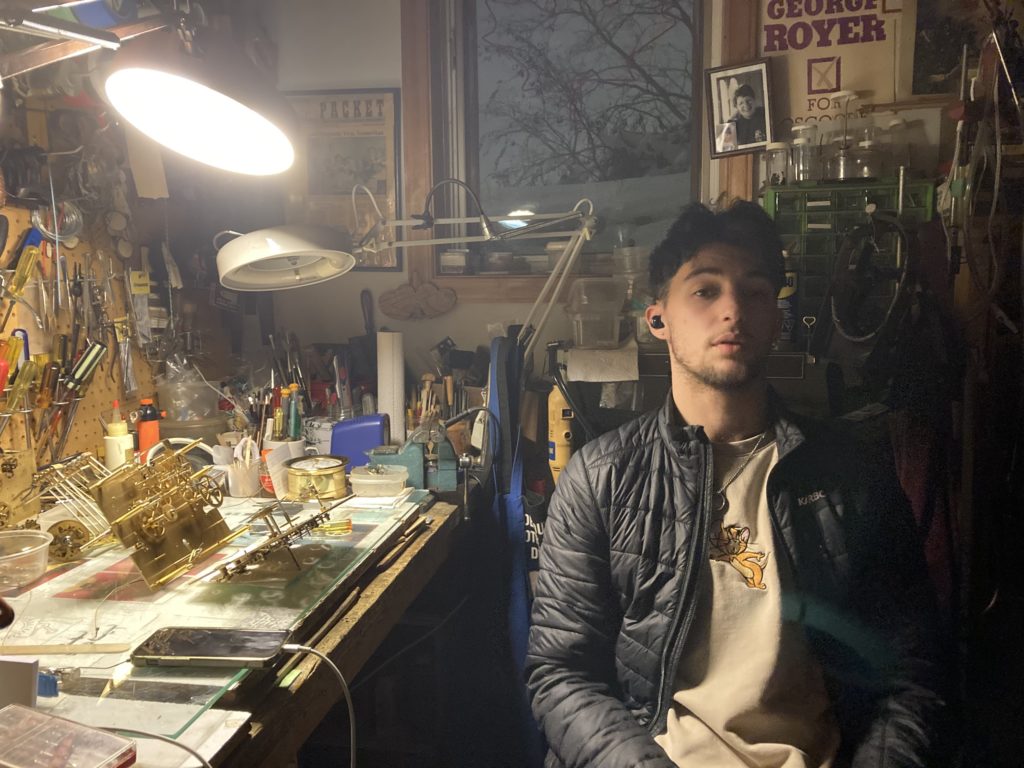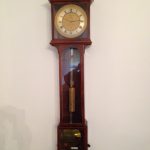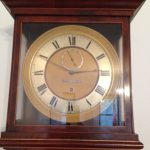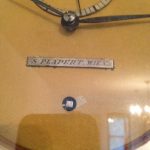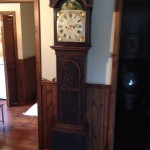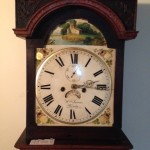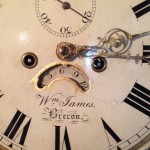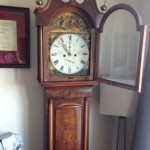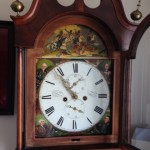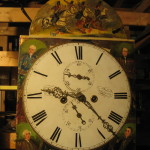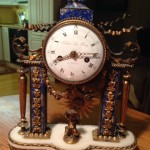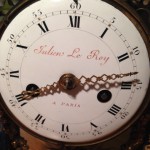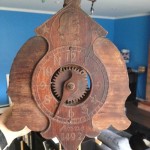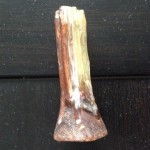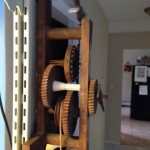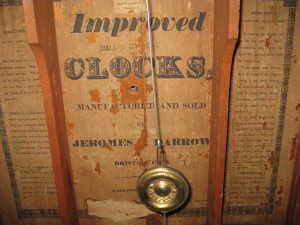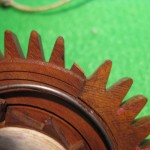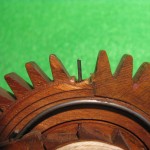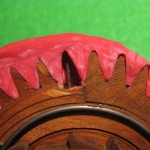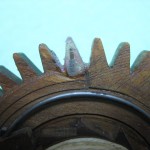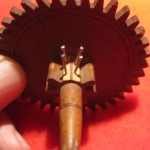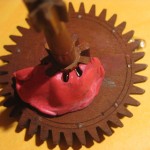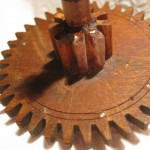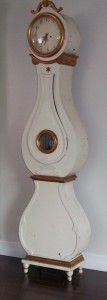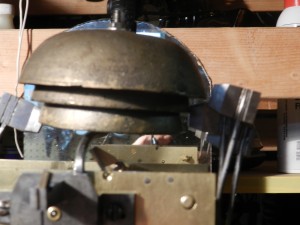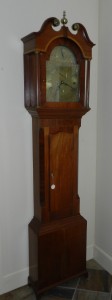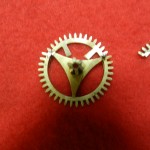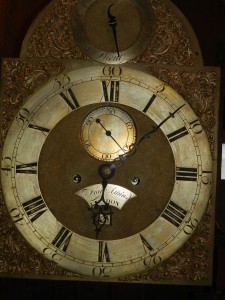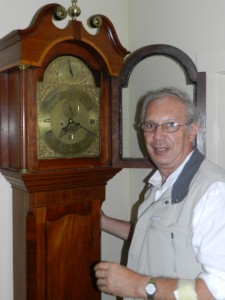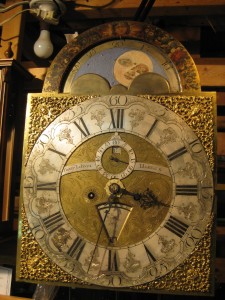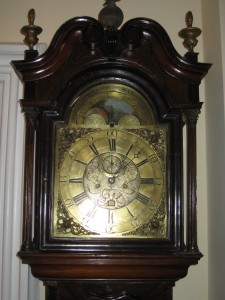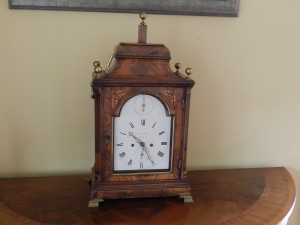A mantle clock that belonged to Canada’s first Prime minister
The Right Honourable Sir John A. MacDonald, Canada’s first Prime minister and one of Canada’s Fathers of Confederation, was a very busy man during his nearly fifty year political career. His family lived in Kingston, Ontario, where he studied law, but with the decision by Queen Victoria to choose Ottawa as the capital of Canada, Sir John A. eventually moved to Ottawa.
He became prime minister in 1867 and, except for 5 years between 1873 and 1878, he occupied this position until his death in 1891.
In 1870, he rented a house that had been build recently on a cliff overlooking the Ottawa River – a house known nowadays as Earnscliffe. In 1883 he bought the house and lived in it until his death.
The Victorian manor subsequently belonged to several private owners until it was sold in 1930 to the United Kingdom to become the residence of the British High Commissioner. Several pieces of furniture, including some that had belonged to Sir John A. were sold at an auction.
Mrs. Margaret Morrison, wife of Cecil Morrison, the well known businessman who founded the famous Morrison-Lamothe bakery in Ottawa, attended this auction with the intention of acquiring some of the items that belonged to Sir John A. She asked the caretaker of the house, who had been looking after the property for many years, which of the items in the house had really belonged to MacDonald. He pointed out an armchair that had sat at the foot of Sir John’s bed and a mantle clock.
Mrs. Morrison bought both items and brought them to her home on Fuller Avenue. They are still there and I had the opportunity of seeing them on a visit to this stone house – which was built in 1828, and is the oldest house in Ottawa. This house is now the property of Mrs. Grete Hale, C.M., the daughter of Margaret Morrison.

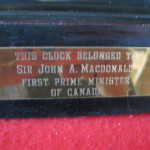
The time and strike clock is made of black marble. Its movement is French made but the maker is not identified. It strikes the hours and the half hours on a typical French bell.
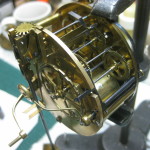
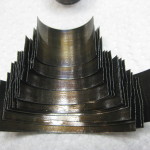
A brass plaque on the front of the clock reminds us that it was the property of the first Prime Minister of Canada.
As a clock collector and repairman, I asked if the clock was working. “ It has not worked for many years, said Mrs. Hale, It stopped the night John Diefenbaker (the Conservative Prime minister) was defeated by Lester Pearson (the leader of the Liberal party) in 1963, and I was told it could not be fixed”. This was a challenge, which I would not refuse. Mrs. Hale let me take the clock home and I was able to repair it, cleaning it and replacing the time mainspring and the suspension spring.
The clock is now back in a prominent place in the library of Grete Hale’s lovely home.

Mrs. Grete Hale, C.M. with Patricia Mallek-Royer (September 2014)
